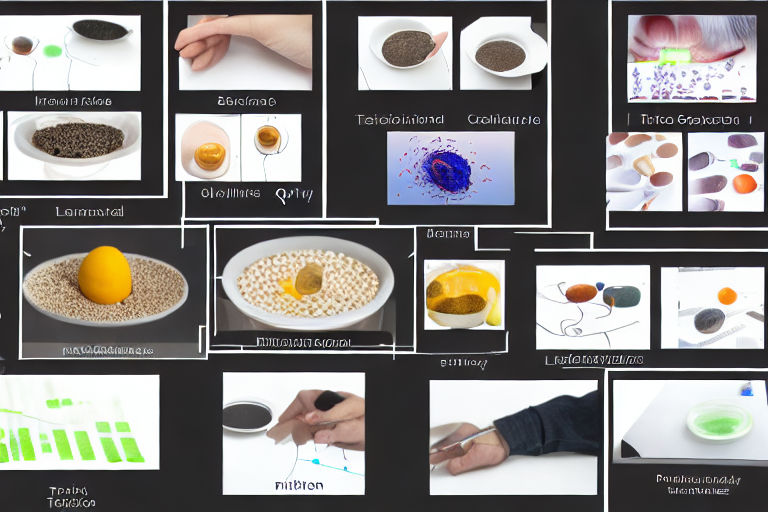Mastering Sensory Analysis: Improve Product Quality Through Sensory Evaluation
Sensory analysis is an essential evaluation method used to assess and improve the quality of products. With the rise of the competitive market, businesses need to ensure that their products meet the consumers' expectations, which makes sensory evaluation even more important.
In this article, we will explore the concept of sensory analysis, the benefits of sensory evaluation, and tips to master sensory analysis for product quality improvement.
What is sensory analysis?
Sensory analysis is a scientific method used to understand the characteristics of a product using our five senses: taste, smell, sight, touch, and hearing. It is widely used in the food and beverage industry, but it can also be applied in other fields such as cosmetics, textiles, and automotive.
The sensory evaluation process involves trained panelists who use sensory analysis techniques to identify and describe the sensory properties of a product, such as flavor, texture, aroma, appearance, and sound. These properties are then used to identify the strengths and weaknesses of the product and develop strategies to improve its sensory characteristics.
Benefits of sensory evaluation
Sensory evaluation brings numerous benefits to businesses, such as:
-
Improvement of product quality: Sensory evaluation helps identify the sensory attributes of a product and how they affect consumers' perception of the product. This information is then used to develop strategies to improve the product's sensory characteristics, leading to better quality products that meet consumers' expectations.
-
Reduction of product defects: Sensory evaluation can help identify defects in a product that are not detected by other evaluation methods. These defects can be corrected to prevent their occurrence in future batches, leading to higher-quality products.
-
Market differentiation: Sensory evaluation can help distinguish a product from its competitors by developing unique and desirable sensory properties that meet consumers' preferences.
Tips to master sensory analysis
To master sensory analysis, businesses should follow these tips:
1. Establish a sensory panel
Building a sensory panel is essential as it ensures that sensory evaluation is consistent and reliable. The sensory panel should consist of trained panelists who have a good understanding of sensory analysis techniques and can provide accurate and descriptive sensory evaluations.
2. Develop a sensory evaluation plan
A sensory evaluation plan should be developed to ensure that sensory analysis is conducted in a consistent and effective manner. The plan should include details such as the product being evaluated, the sensory attributes to be evaluated, the testing environment, and the evaluation method to be used.
3. Use appropriate evaluation methods
There are several sensory evaluation methods, including descriptive analysis, discrimination testing, and hedonic testing. The method used should be appropriate for the product being evaluated and should provide accurate and reliable results.
4. Analyze data and develop strategies
The data collected during sensory evaluation should be analyzed to identify the strengths and weaknesses of the product's sensory properties. Based on the results, strategies to improve the sensory properties should be developed, such as changing ingredients, modifying processing methods, or adjusting packaging.
Conclusion
Sensory analysis is a powerful tool that can help businesses improve their product quality, reduce defects, and differentiate their products in a competitive market. By following these tips, businesses can master sensory analysis and develop high-quality products that meet consumers' expectations.



